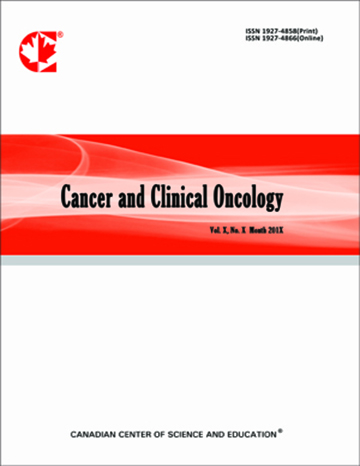Transformation of Primary Conjunctival Cells Transfected with Papilloma and Herpesvirus Oncogenes
- Kenneth Simbiri
- Hem Jha
- Giacomina Giacomina Massaro-Giordano
- Erle Robertson
Abstract
Ocular surface squamous neoplasia (OSSN) is a common cancer that has recently increased in incidence in HIV-1 infected patients. The rise has been more transparent in sub-Sahara Africa. Our recent publications showed the association of OSSN with multiple viral, bacterial and parasitic infections. Here we show through transfection with different viral constructs, the changes taking place in the primary conjunctival cells which involve some of the important markers associated with initiation and maintenance of the cancer.
We transfected primary conjunctival cells with different oncogenic viral genes (HPV16-E6, HPV16-E7, HPV16-E6/E7, KSHV-LANA, and EBV-EBNA1) that have been associated with transformation of infected cells. The cells were tested for expression of different markers linked to oncogenesis. We used RT PCR to determine the expression of the markers. The level of expression was determined in each case. We also performed immunohistochemistry (IHC) on the primary cells using specific antibodies.
The transfected conjunctival cells were demonstrated to be epitheliod as determined by expression of Cytokeratin-19 (C-19) and Vimentin markers. The primary conjunctival cells were efficiently transfected with the specific viral oncogenes resulting in expression of different cytokines, chemokine, cell cycle markers, and growth factors. The different constructs elicited expression and/or suppression of p53, p21, pRB, IL-10, IL-13, cyclinD1, TNF, TNF13B, and VEGF in specific transfected conjunctival primary cells.
Our findings indicate that the viral oncogene expression in primary conjunctival cells contributed to the production of inflammatory cytokines, chemokines and dysregulation of cell cycle proteins in primary conjunctival tissues. This mirrors the transformation process in OSSN pathogenesis. Further studies should follow to identify pathways dysregulated that can be targeted for therapy or vaccine development.
- Full Text:
 PDF
PDF
- DOI:10.5539/cco.v5n2p6
Journal Metrics
Google-based Impact Factor (2018): 3.94
h-index (August 2018): 8
i10-index (August 2018): 6
h5-index (August 2018): N/A
h5-median(August 2018): N/A
(The data was calculated based on Google Scholar Citations. Click Here to Learn More. )
Index
Contact
- Lexie GreyEditorial Assistant
- cco@ccsenet.org
